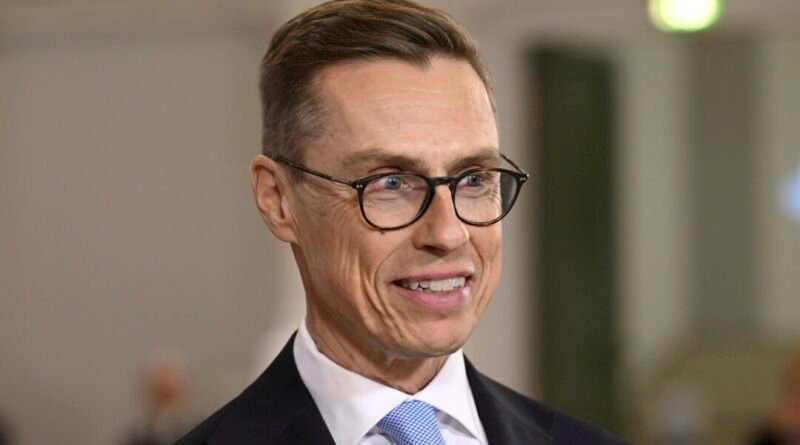Alexander Stubb, Former Prime Minister, Advances to Runoff in Finland’s Presidential Vote
HELSINKI—Former Prime Minister Alexander Stubb emerged as the winner in the first round of Finland’s presidential election on Sunday, setting up a runoff against ex-Foreign Minister Pekka Haavisto next month.
The vote largely focused on Finland’s new role as a NATO front-line country with Russia, as well as the security situation in Europe, particularly Russia’s assault on Ukraine.
Stubb led the first round with 27.2% of the votes, while Haavisto took second place with 25.8%. The results were officially confirmed on Tuesday, setting the stage for a runoff on Feb. 11 between Stubb and Haavisto.
“Getting such a result together with the team is heartwarming. I am grateful and humbled by it,” Stubb told his supporters in an election party in Helsinki. He also mentioned that he wasn’t planning major changes in his campaign for the second round of voting.
Stubb, 55, and Haavisto, 65, were the main contenders in the election. About 4.5 million eligible voters picked a successor out of nine candidates to replace President Sauli Niinistö, whose second six-year term expires in March. He wasn’t eligible for reelection.
Initial voter turnout was 74.9%.
Stubb, who represents the conservative National Coalition Party, headed the Finnish government in 2014-2015 and held other key Cabinet posts. Haavisto, an ex-U.N. diplomat and Green League member, is running for the post for the third time as an independent candidate and is known for his extensive political career.
Unlike in most European countries, the president of Finland holds executive power in formulating foreign and security policy. This is particularly crucial when dealing with countries outside the EU like the United States, Russia, and China, and the president also acts as the supreme commander of the Finnish military—a particularly vital role in Europe’s current security environment.
The main themes of the election were foreign and security policy issues, including Finland’s recent NATO membership, future policies toward Russia, enhancing security cooperation with the United States, and the need to continue helping Ukraine with both military and humanitarian assistance.
Finland’s new head of state will start a six-year term in March under a markedly different geopolitical and security situation in Europe when compared to the situation after the 2018 election.
Finland’s NATO membership has made it the Western military alliance’s front-line country toward Russia, with the ongoing war in Ukraine a mere 1,000 kilometers (600 miles) away from Finland’s border.
As a rule, the president represents Finland at NATO summits. Haavisto signed Finland’s historic accession treaty to NATO last year, playing a key role in the membership process.
Finland’s western neighbor Sweden is set to join NATO in the near future, as the final holdout, Hungary, is expected to ratify Stockholm’s bid by the end of February.
By Jari Tanner






